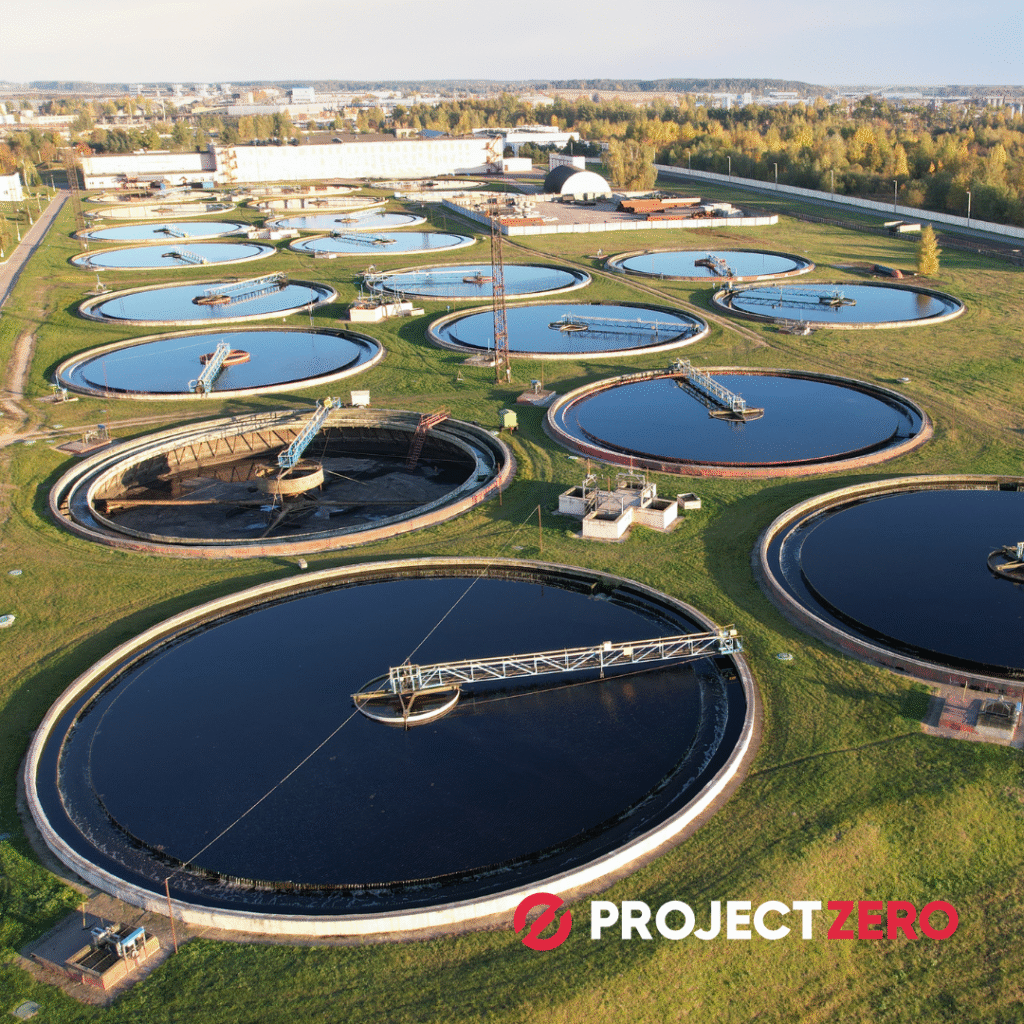
Giving back more water than you use sounds bold, yet many global brands now promise it by 2030. Microsoft, PepsiCo, and AstraZeneca have already signed public “water-positive” goals. The EU Green Deal also flags water stress as a top risk for industry. A promise is easy; a plan is harder. This guide explains what water-positive means, why it matters, and which technologies can make it real—using clear language that plant teams in Italy, Poland, or anywhere in Europe can apply.
Water-Positive in One Sentence
A site is water-positive when, each year, it returns more clean water to the local basin than it withdraws. Returns can come from reuse of treated wastewater, rain harvesting, or funding off-site projects like wetland repair, but at least half should happen inside the fence to stay credible.
Why Bother?
So, why should your plant care about becoming water-positive?
First, the regulatory landscape is changing fast. The upcoming EU Water Resilience Initiative will introduce specific caps based on local water basins. That means plants will no longer be able to operate freely if they’re located in areas under water stress. Getting started early means you can avoid rushed—and expensive—retrofits down the line.
Second, there’s the issue of supply stability. It doesn’t matter how efficient your production line is—if the cooling tower runs dry, everything stops. In that sense, having extra water rights is a bit like holding inventory: it protects you when conditions turn critical.
Finally, consider the growing pressure from investors. ESG frameworks now give water usage the same weight as carbon emissions. Showing that you have a credible water-positive plan is a strong signal of low long-term risk—and that matters for attracting capital, passing audits, and building trust.
Four Technology Families to Reach Net-Positive
Low-grade reuse
Simple sand or cloth filters plus UV let rinse water return to washing steps.
Advanced treatment for high COD or salt
Moving-bed biofilm reactors (MBBR) paired with membrane bioreactors (MBR) cut organics, then nanofiltration trims salt.
Zero-liquid discharge (ZLD)
Mechanical vapour recompression and crystallisers turn brine into solid salt and clean distillate. High cost but high water return (up to 95 %).
Rain and grey-water harvesting
Roofs and parking can yield 300–600 m³ per year per 1 000 m² of surface, stored in modular tanks. Simple, cheap, yet often forgotten.
A Simple Five-Step Roadmap
Step 1: Map the flows
Use a handheld ultrasonic meter or the site SCADA to log every main pipe for one week. Even rough data shows the biggest taps fast.
Step 2: Pick the “easy litre” first
If rinse water is only slightly dirty, polish it, loop it back, and cut fresh intake by 10–20 %. Quick wins build support for bigger moves.
Step 3: Match tech to load
High-salt streams kill biology; organics clog membranes. Split flows before treatment, not after complaints.
Step 4: Monitor and prove
Meters on the reuse line matter more than meters on the borehole. Auditors want net figures, not intentions.
Step 5: Offset only what you must
Off-site wetland repair or leak fixing in city pipes counts, but use it for the final gap, not the whole target. Local communities value action they can see.
Cost vs. Benefit
Typical European factories spend €0.50–1.50 per m³ on fresh water and discharge fees. A reuse loop under €0.40 per m³ pays back fast—less than three years in many cases. ZLD is pricey but sometimes cheaper than losing a production day during drought.
Common Pitfalls
Even the best water-positive plans can fall short if you make some classic mistakes. Here are the ones we see most often:
Counting the same offset twice
Some companies try to “double count” the impact of external water restoration projects. But third-party auditors are trained to catch this. Make sure every offset you report is unique and traceable.
Treating all water the same
Not all wastewater needs the same level of treatment. Trying to process everything at once leads to high costs and wasted effort. Instead, focus first on the easiest streams, and leave the dirtiest 20%—those with high salt or COD—for last.
Neglecting maintenance
Advanced systems like membranes or ion-exchange resins are powerful, but they’re not set-and-forget. Membranes clog, resins wear out. If you don’t budget time and money for regular OPEX, performance drops—and with it, your ROI.
Key Takeaways
- Water-positive means giving back more clean water than you take from the basin.
- Start with low-grade reuse; layer advanced tech only where flow and risk justify the euro.
- Map, pick the easy litre, match tech, monitor, and offset the last gap.
ProjectZero helps Customers in analysing, creating a business plan and programming their Water-Positive initiatives.
Ready to see how close you already are to net-positive water? Let’s explore the numbers together.
